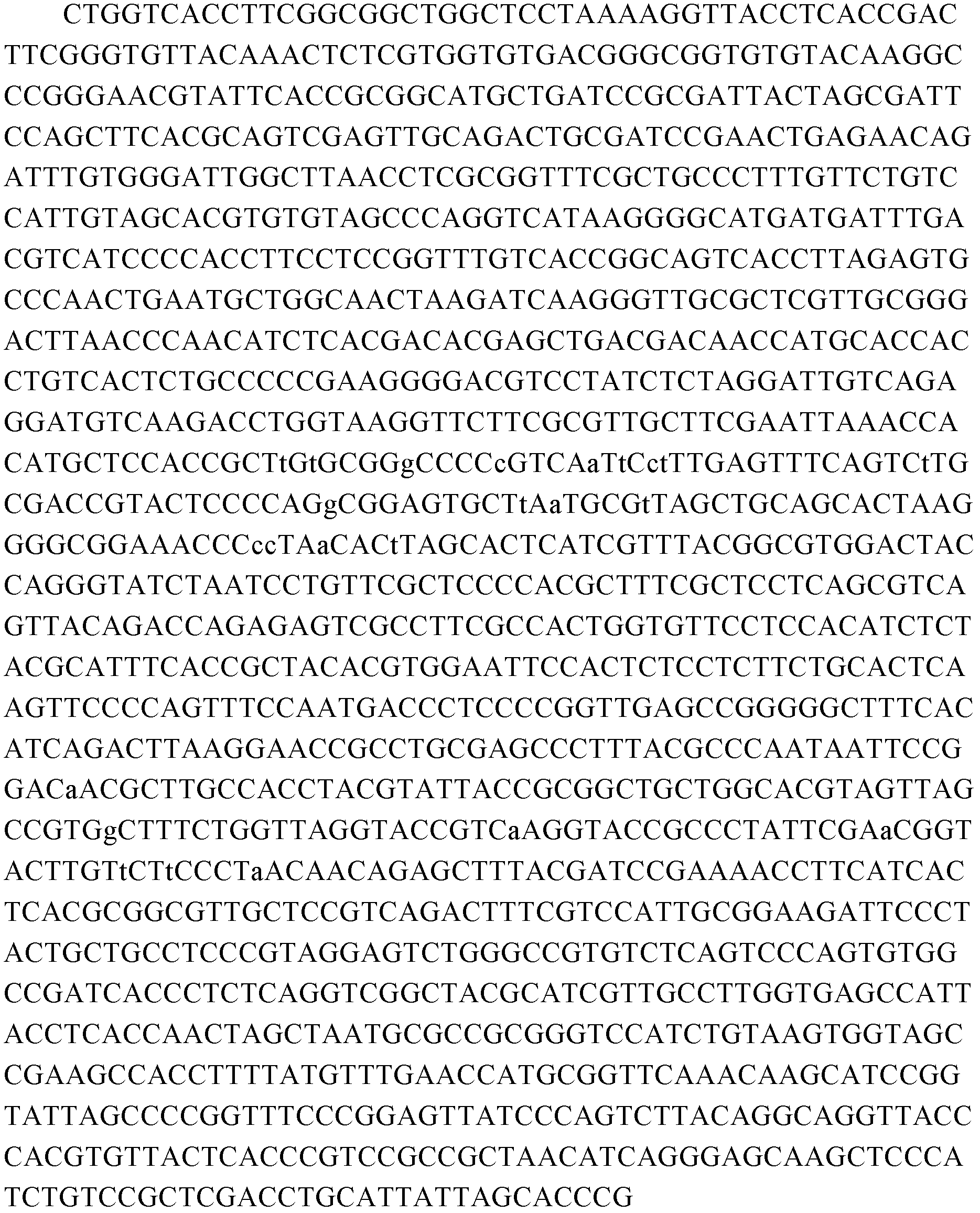Obligate halophile for processing high-salt oily waste liquor in petroleum industry
A technology of halophilic bacillus and microbial strains, applied in the direction of biological water/sewage treatment, water/sludge/sewage treatment, bacteria, etc., can solve the threat to biological and human health and life safety, harm the normal growth of plants, Problems such as high salinity, achieve good industrial application prospects, environmentally friendly treatment costs, and strong environmental adaptability
- Summary
- Abstract
- Description
- Claims
- Application Information
AI Technical Summary
Problems solved by technology
Method used
Image
Examples
Embodiment 1
[0020] Example 1, Screening and cultivation of Bacillus subtilis subsp.Y-B CGMCC No.4194 and its treatment effect on different oily waste liquids
[0021] Screening and cultivation of Bacillus subtilis subsp.Y-B CGMCC No.4194:
[0022] Weigh 10g of oil field drilling waste mud, put it into a triangular flask filled with 90ml of sterile normal saline, and vibrate at a constant temperature for 18-24 hours at a temperature of 25-30°C, absorb 5ml of bacterial suspension with a sterile pipette tip and add it to the flask. In 45ml of halophilic bacteria culture medium, the mass percentage of each component of the halophilic bacteria culture medium is: acid hydrolyzed casein 0.5%, yeast extract 1.0%, bacto-peptone 0.5%, trisodium citrate 0.3%, KCl 0.3%, MgSO 4 7H 2 O 1.8%, CaCl 2 0.02%, NaCl 5%, FeSO 4 7H 2 O solution 0.0001%, the rest is distilled water. Cultivate at a temperature of 25-30°C for 2-3 days to obtain a halophilic strain.
[0023] Take 5ml of the above-mentioned b...
Embodiment 2
[0035] Example 2: Degradation ability of halophilic bacillus strain Y-B CGMCC No.4194 to drilling waste mud under optimized degradation conditions:
[0036] The pH of the waste drilling mud is around 9. According to the optimized degradation conditions of Bacillus subtilis subsp.Y-B CGMCC No.4194, 8% by volume of Bacillus halophilus is added to the waste drilling mud with an oil concentration of about 600mg / L. subtilis subsp.Y-B CGMCC No.4194, then add (NH 2 ) 2 CO nitrogen source and K 2 HPO 4 3H 2 O phosphorus source, keep N:P ratio of 1:1~3:1, shake treatment at 25~30℃ for 7 days, test the change of oil content in the solution before and after treatment, no other chemical treatment agent is added during the test. The test showed that after optimization of the degradation conditions, the degradation ability of the halophilic Bacillus subtilis subsp.Y-B CGMCC No.4194 to waste mud increased by 23%, from 51.21% to 70%-80%.
PUM
 Login to View More
Login to View More Abstract
Description
Claims
Application Information
 Login to View More
Login to View More - R&D
- Intellectual Property
- Life Sciences
- Materials
- Tech Scout
- Unparalleled Data Quality
- Higher Quality Content
- 60% Fewer Hallucinations
Browse by: Latest US Patents, China's latest patents, Technical Efficacy Thesaurus, Application Domain, Technology Topic, Popular Technical Reports.
© 2025 PatSnap. All rights reserved.Legal|Privacy policy|Modern Slavery Act Transparency Statement|Sitemap|About US| Contact US: help@patsnap.com

